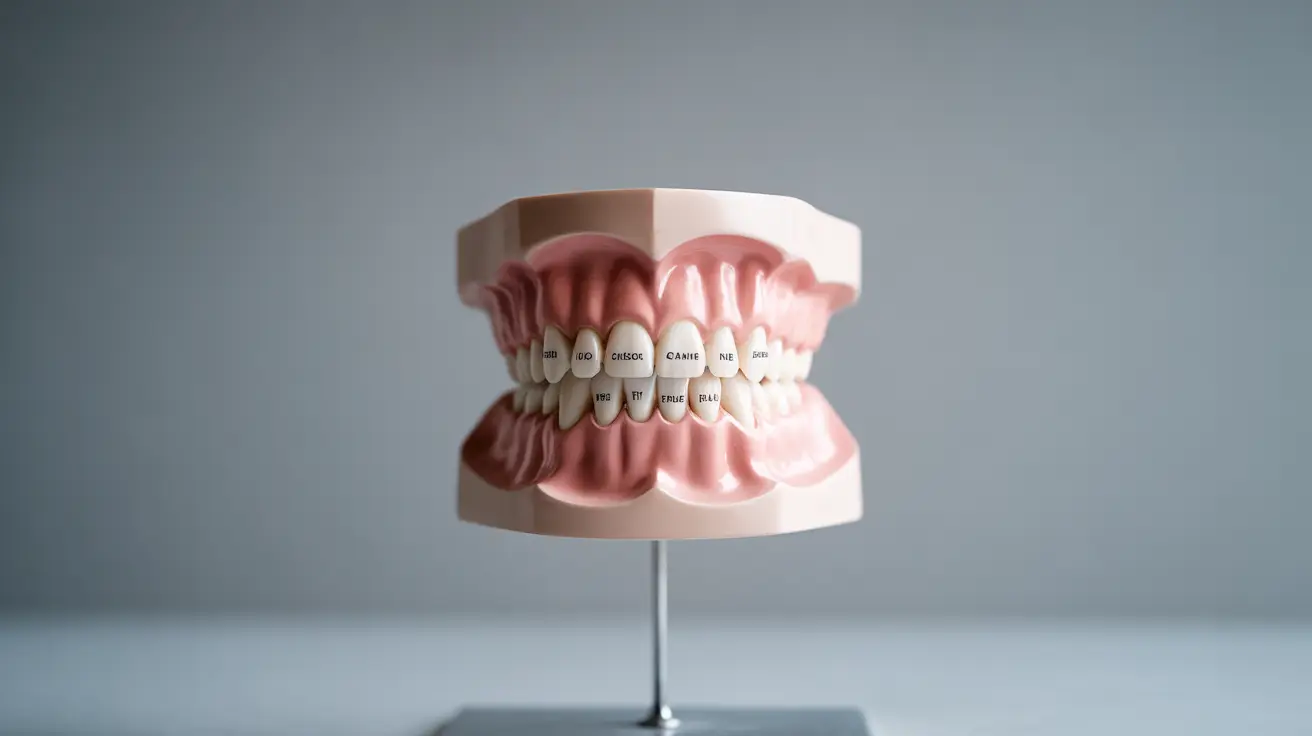Overjet teeth, a common dental alignment issue, occurs when the upper front teeth protrude horizontally beyond the lower teeth. This condition can affect both oral health and facial appearance, making it important to understand its causes, implications, and treatment options. While some degree of overjet is normal, excessive overjet may require professional intervention.
If you or your child has been diagnosed with overjet teeth, understanding this condition is the first step toward proper treatment. This comprehensive guide will explore everything from causes and symptoms to treatment options and prevention strategies.
Understanding Overjet vs. Overbite
Many people confuse overjet with overbite, but these are distinct dental conditions. An overjet specifically refers to the horizontal distance between the upper and lower front teeth when biting down. In contrast, an overbite is measured vertically, referring to how much the upper teeth overlap the lower teeth from top to bottom.
A normal overjet typically measures between 2-3 millimeters. Anything beyond this range may be considered excessive and could require dental intervention.
Common Causes of Overjet Teeth
Several factors can contribute to the development of overjet teeth:
- Genetic factors affecting jaw development
- Prolonged thumb-sucking or pacifier use
- Tongue thrusting
- Skeletal irregularities
- Poor oral habits during childhood
- Delayed loss of baby teeth
Impact on Oral Health
Excessive overjet can lead to various oral health complications:
- Difficulty properly cleaning teeth
- Increased risk of dental trauma
- Speech impediments
- Challenges with biting and chewing
- Potential jaw pain or TMJ issues
- Increased wear on teeth
Treatment Options for Overjet Teeth
Treatment for Children
Early intervention often yields the best results for children with overjet teeth:
- Growth modification therapy
- Dental braces
- Palatal expanders
- Removable orthodontic appliances
- Habit-breaking devices
Adult Treatment Options
Adults with overjet teeth have several treatment possibilities:
- Traditional metal braces
- Clear aligners
- Dental crowns or veneers
- Orthognathic surgery (in severe cases)
- Combined orthodontic and restorative approaches
Prevention and Early Intervention
Preventing excessive overjet often involves addressing potential contributing factors early in childhood:
- Discourage prolonged thumb-sucking
- Address tongue thrust issues early
- Regular dental check-ups starting at an early age
- Proper oral hygiene habits
- Monitoring baby teeth development and loss
Frequently Asked Questions
What causes overjet teeth and how can childhood habits affect this condition?
Overjet teeth can be caused by genetic factors, skeletal development issues, and childhood habits like prolonged thumb-sucking or pacifier use. These habits can affect jaw development and tooth alignment, potentially leading to or worsening overjet conditions.
How is an overjet different from an overbite in terms of teeth alignment?
Overjet refers to the horizontal protrusion of upper front teeth beyond the lower teeth, while an overbite is the vertical overlap of upper teeth over lower teeth. Though related, they are distinct conditions that may require different treatment approaches.
What are the common symptoms and oral health problems associated with overjet?
Common issues include difficulty cleaning teeth properly, increased risk of dental trauma, speech problems, challenges with biting and chewing, and potential jaw pain. Excessive overjet can also affect self-confidence and facial appearance.
What treatment options are available to correct overjet teeth for children and adults?
Treatment options vary by age and severity. Children may benefit from growth modification therapy, while both children and adults can use braces, clear aligners, or other orthodontic treatments. Severe cases might require surgical intervention, especially in adults.
How can overjet be prevented or minimized through early intervention and lifestyle changes?
Prevention strategies include addressing harmful oral habits early, maintaining regular dental check-ups, ensuring proper oral hygiene, and seeking early orthodontic evaluation. Early intervention can often prevent overjet from becoming severe or reduce the need for extensive treatment later.




